The Moore 15250-6 Single Loop Chart Recorder Controller is an industrial device designed for temperature and process monitoring in control systems. It is part of Moore Industries’ line of process controllers and recorders. The device is typically used to monitor and record various process parameters, such as temperature, pressure, or flow, depending on the sensor inputs used.
Here’s a more detailed breakdown of its features and functionality:
Key Features and Components:
-
Single Loop Control:
- The Moore 15250-6 is a single-loop process controller, meaning it is designed to control and monitor a single process variable, such as temperature, pressure, or level.
- This allows for precise control of processes where only one measurement or output is required at a time. The system takes an input signal (from a sensor) and processes it to maintain the process variable at the desired setpoint.
-
Chart Recorder Function:
- As a chart recorder, the Moore 15250-6 also provides a graphical output of the process variable over time. This is useful for tracking changes in the process, diagnosing trends, and ensuring the process is operating within the desired parameters.
- The chart recorder typically prints data on a thermal paper chart, creating a visual record of the data. The chart often displays a time vs. measurement graph, which makes it easy for operators to visually inspect the process trends.
- It’s commonly used in industries where continuous documentation of process values is required for quality control, regulatory compliance, or troubleshooting.
-
PID Control:
- The controller may feature PID (Proportional-Integral-Derivative) control, which is a standard method for controlling process variables. The PID control helps adjust the output to correct any deviation from the setpoint, ensuring the process remains stable.
- Proportional control adjusts the output in proportion to the error, integral control compensates for past errors, and derivative control predicts future errors. Together, these components allow for accurate and efficient process regulation.
-
Inputs and Outputs:
- The Moore 15250-6 is designed to work with various types of input signals such as 4-20mA, thermocouples, or RTDs. This allows for integration with different sensors depending on the application.
- It likely has output options to control other devices in the system, such as valves, heaters, or pumps, based on the input readings and control logic.
-
User Interface:
- The device usually features a simple user interface for setting the setpoints, alarm limits, and other control parameters.
- Some models may include digital displays to show real-time values of the measured process variable, while others rely on chart paper or external displays for output.
-
Durable and Industrial Design:
- The Moore 15250-6 is built for use in harsh industrial environments, which typically include exposure to vibration, temperature extremes, and dust. It is designed to withstand the demands of process industries, such as chemical, oil and gas, pharmaceutical, and food processing.
-
Logging and Alarming:
- The recorder provides a continuous printout of the data for process analysis, and many models have alarm features to alert operators when the process variable exceeds a preset range. This feature is crucial for avoiding process failures or damage to equipment.
Applications:
-
Temperature Control: In industries like food processing, pharmaceuticals, and chemical manufacturing, where precise temperature regulation is necessary, the Moore 15250-6 can control and monitor the temperature of processes such as heating, cooling, or fermentation.
-
Pressure and Flow Control: It can be used in pressure or flow monitoring applications, where controlling the pressure or flow rate is essential, such as in steam systems, water treatment, and oil pipelines.
-
Regulatory Compliance: The ability to provide continuous recording of process data is often required for compliance with industry regulations (such as FDA or ISO), where detailed process logs are needed for quality control or auditing purposes.
-
Batch Control: In batch process industries like pharmaceuticals, chemicals, or food manufacturing, it’s useful for ensuring that the process variables (temperature, pressure, etc.) stay within safe operating limits during a batch process.
Advantages:
-
Precise Process Control: The combination of PID control and chart recording provides precise and reliable control over process parameters, which is crucial for many industries.
-
Continuous Data Recording: The chart recorder provides a visual record of the process, helping operators track long-term trends and making it easier to spot deviations from normal operation.
-
Ease of Use: With a straightforward interface, operators can easily set up the controller and monitor process parameters. The chart recorder provides easy-to-read visual output.
-
Alarm and Safety Features: Alarms can be set to alert operators if the process variable exceeds safe limits, which is crucial in protecting both the process and the equipment.
-
Long-Term Documentation: The chart recorder functionality helps create a permanent, tamper-proof record of process performance, which is useful for compliance and analysis.
-
Durability: Designed for industrial environments, the Moore 15250-6 is built to handle challenging conditions, ensuring long-term reliable operation.


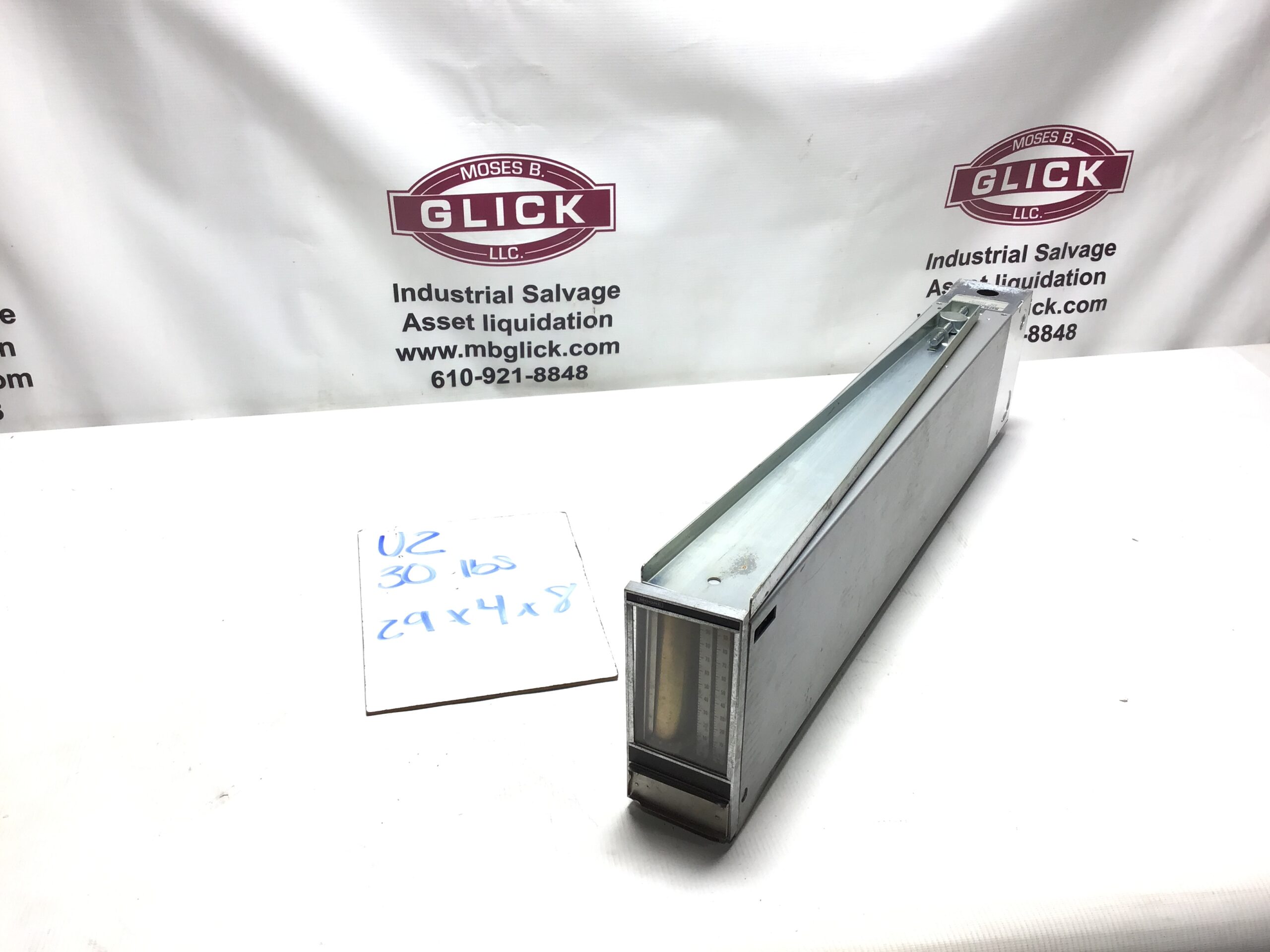
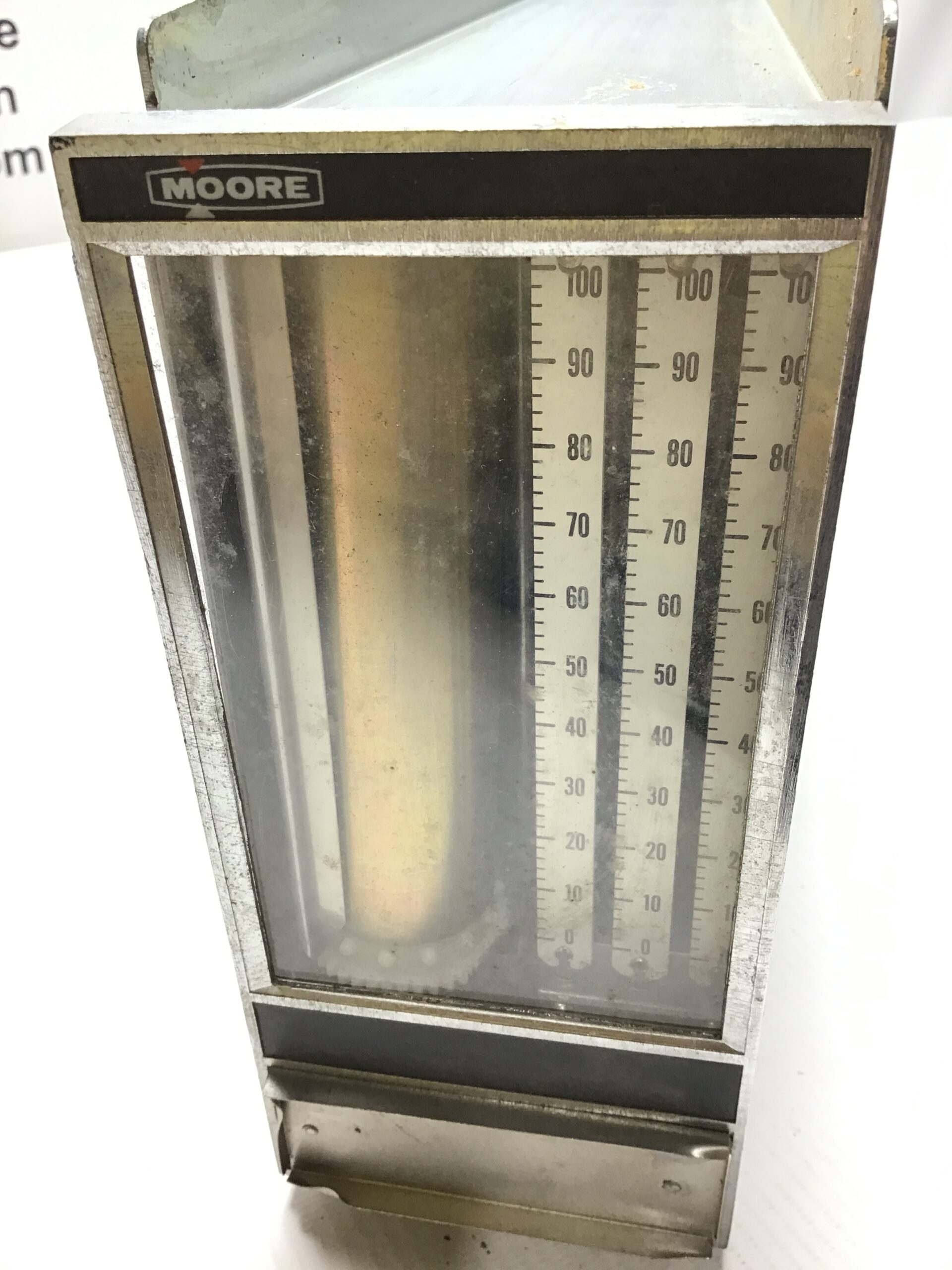
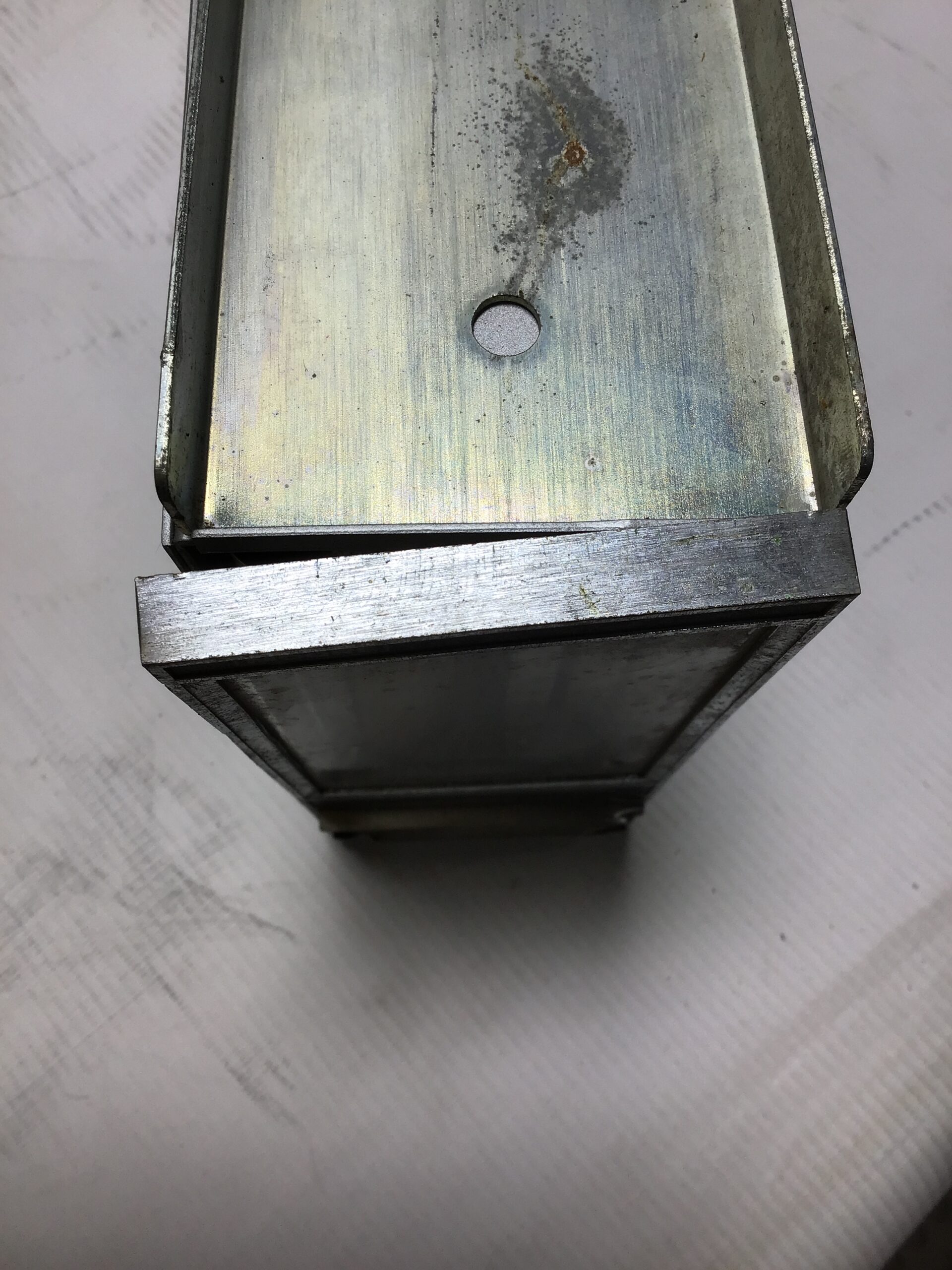
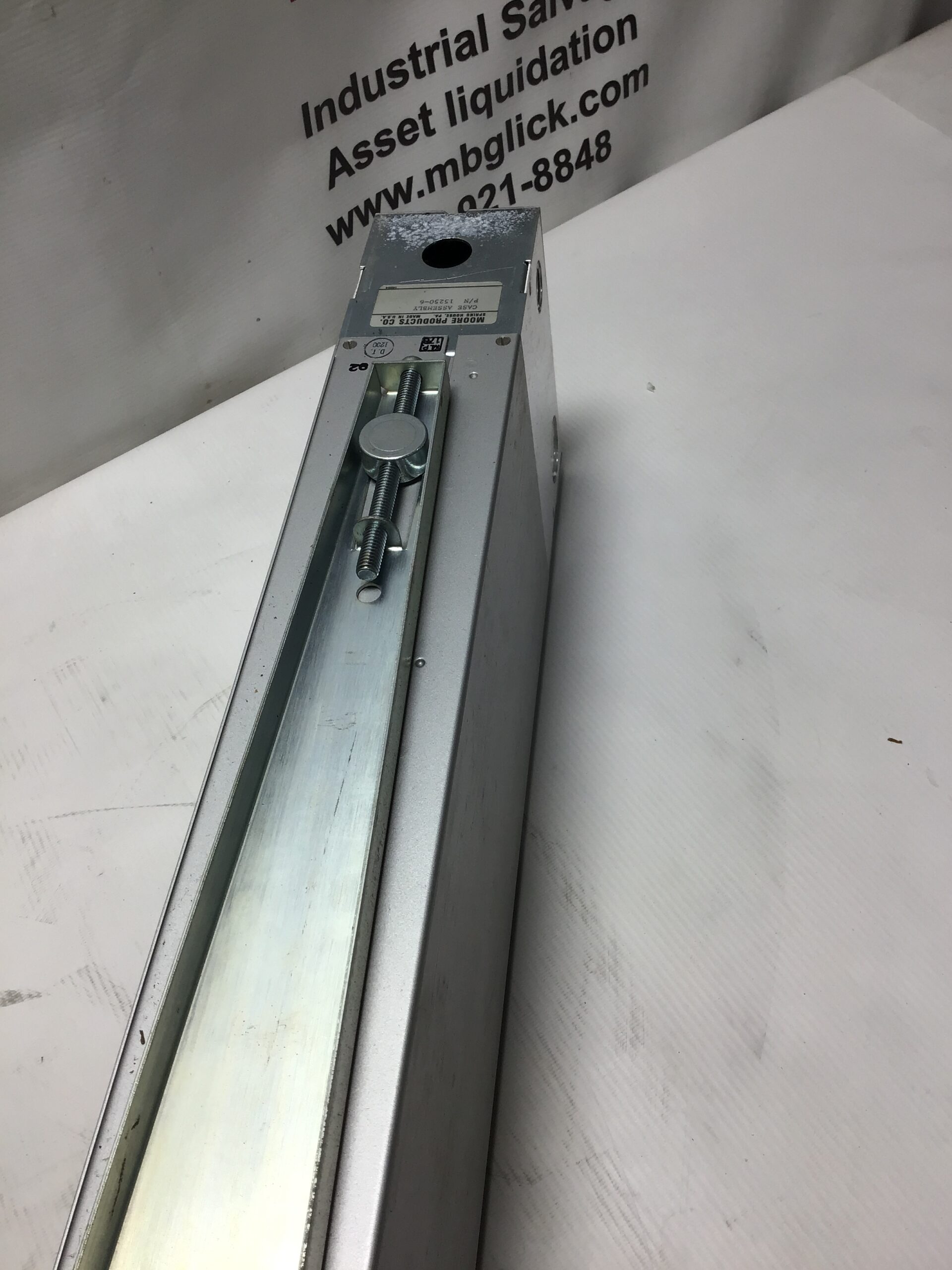

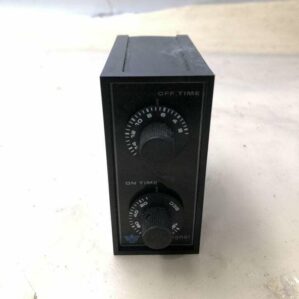
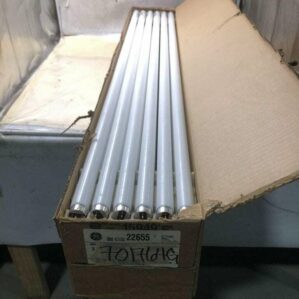
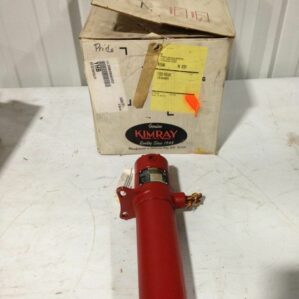

Reviews
There are no reviews yet.